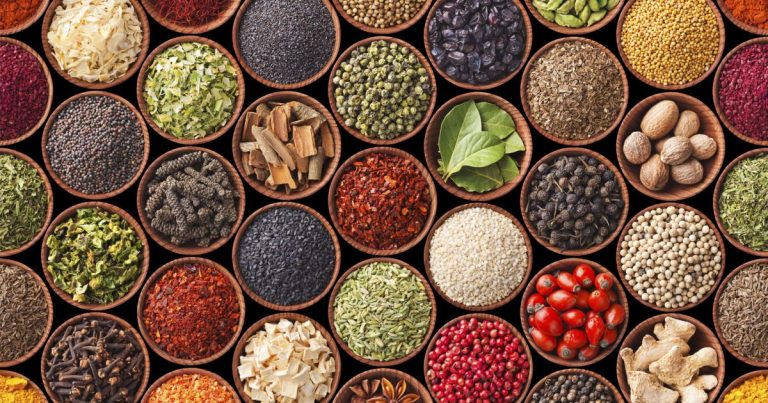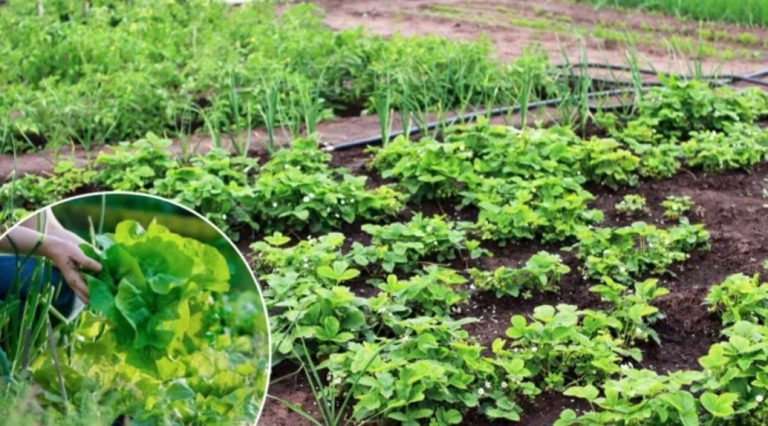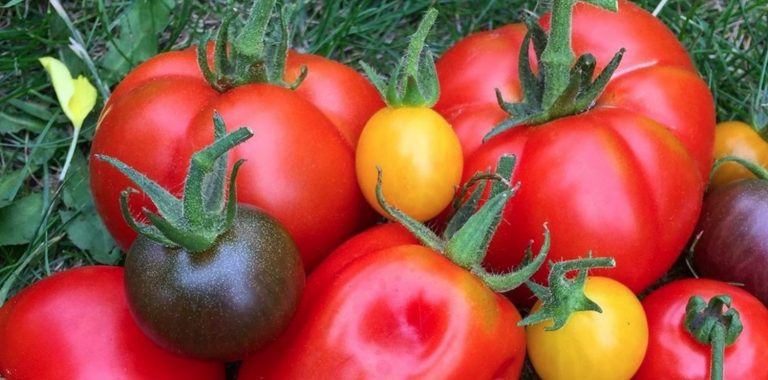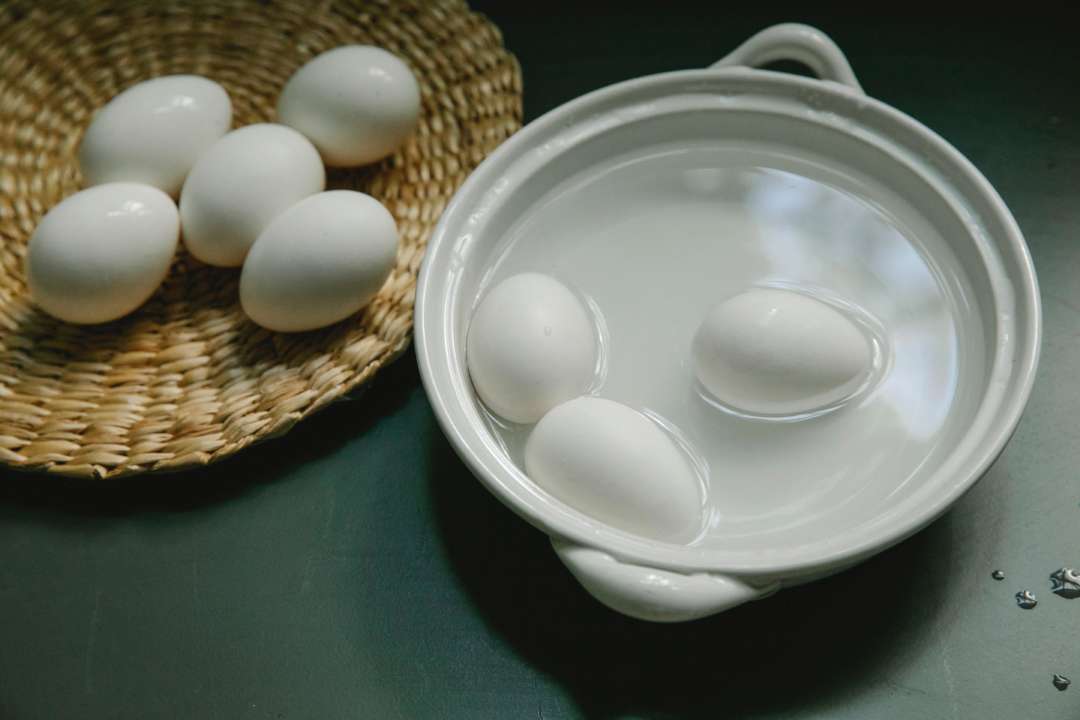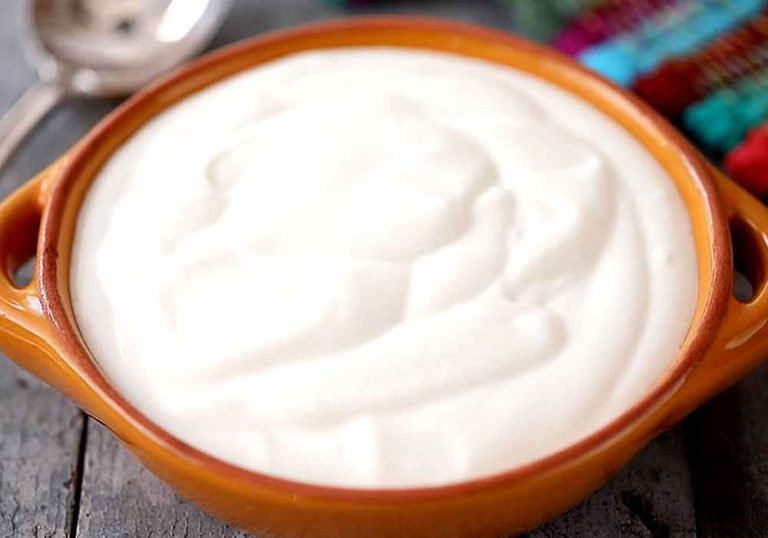Seasoning dishes is a science in itself. There are numerous spices that you can combine and use in many different ways. Here you can find out what the biggest mistakes are when seasoning.
For a dish to taste good, it has to look good, smell good and taste good. People have always used spices to refine their food. Spices are usually herbs or seeds that are added to food in dried or fresh form.
Due to their intense inherent flavor, spices have a significant impact on the overall taste of a dish. The correct handling and dosage when cooking are therefore important for a satisfactory result. We tell you the most common mistakes that you should avoid when seasoning.
You just season with salt and pepper
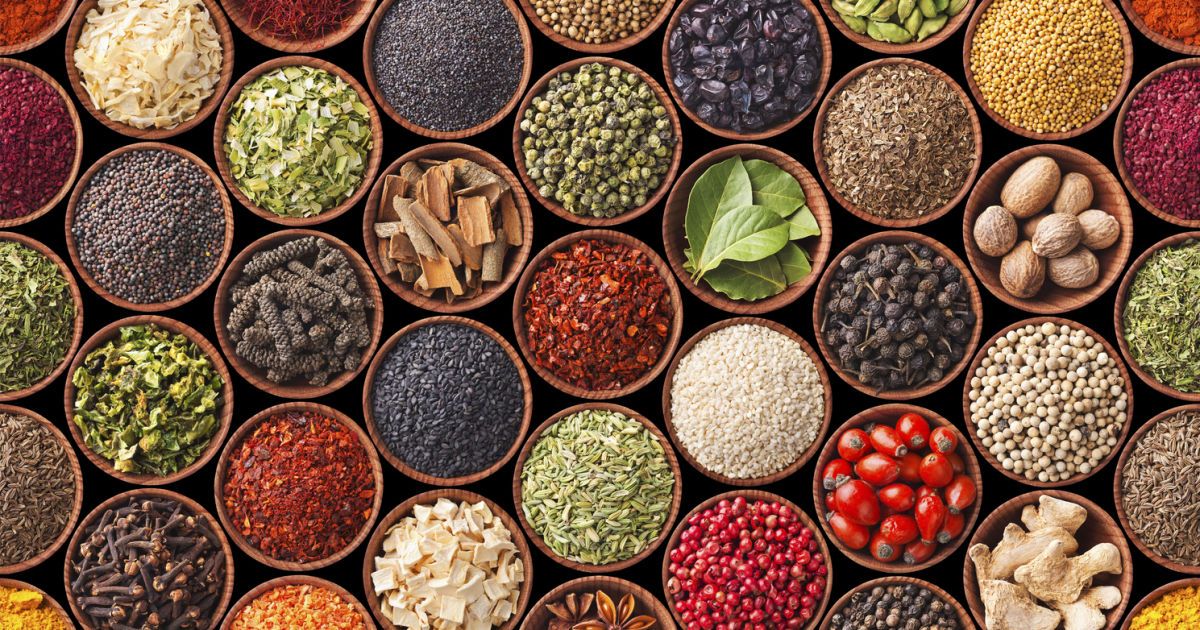
Of course, if you just want to season your dishes with salt and pepper, that’s perfectly fine. However, there are a great many spices with a wide variety of flavors that you can combine in different ways. So it would be a shame if you only used salt and pepper. Human taste is an extremely complex matter. The overall oral impression of a meal consists of taste, aroma and appearance, as described in the book “Aroma – The Art of Seasoning” by Vierich and Vilgis.
Humans are known to be able to distinguish between five tastes: sweet, sour, salty, bitter and umami. The latter is a flavor discovered by a Japanese scientist in the early 20th century. Umami stands for spicy and hearty. According to the latest findings, there is also a sixth taste, the fat taste – but it is not yet fully recognized in the professional world.
By the way: Spicy is not a taste, but a pain signal from the nerves, more precisely the trigeminal nerve. A dish seasoned with chilli only irritates the pain receptors. The same happens with ginger or mint, for example.
You are storing your spices incorrectly
Spices can lose their flavor and aroma if you don’t store them properly. You should observe the following tips to avoid this:
It is best to store your spices in a dry and cool place.
The color of many spices can be destroyed by UV radiation, making them no longer attractive. So protect them from sunlight.
You should also store spices in airtight containers and, if possible, in their entirety. Ground spices have a larger surface area. As a result, the essential oils and thus the aroma evaporate much faster, according to Vierich and Vilgis.
You season with the salt shaker directly above the saucepan
Spices should not only stay dry where they are stored – you should also keep them away from moisture when cooking. When you use your spice grinder or shaker directly over the steaming saucepan, the spices inside come into contact with water vapor. The moisture can then collect in the grinder or container, and your spice will go lumpy or even moldy. It is best to sprinkle spices over your dish by hand.
You don’t roast your spices
The point at which you season your dish is of great importance. Many spices only develop their full aroma when you roast them. The heat then releases the essential oils of the spice. It is best to roast the spices whole and only then crush them with a mortar. You can find a mortar made of olive wood in the Avocadostore**, for example.
Spices in powder form, on the other hand, are poorly suited for roasting, as they quickly lose their aroma and burn due to the larger surface. Sometimes they also develop a bitter taste. This is the case, for example, with paprika powder.
You can roast your spices in a pan with or without cooking oil. If you roast your spice in oil, the aromatic substances will dissolve in it – so use an oil that is as tasteless as possible, such as sunflower oil or rapeseed oil. If you don’t want to use oil, it’s a good idea to roast the spices individually. This way, you can be more careful not to accidentally burn a spice. As soon as the spices start to smell fragrant, you should remove them from the pan. Always roast on a low or medium heat so that the spices warm up slowly and nothing burns.
Attention: Not all spices are suitable for roasting! Here is a small list of spices that you can roast without hesitation:
anise
chili
fennel
cardamom
cumin
cloves
pimento
sesame
black cumin
mustard seeds
fenugreek
You buy poor quality powdered spices
As previously mentioned, the essential oils in spices are volatile and are released when crushed. Therefore, you should buy your spices in whole form if possible, for example whole peppercorns and not ground pepper. This is the only way they can develop their full aroma potential.
In this context, it is also an advantage if you buy spices in small quantities. If you stockpile large quantities of spices, you will end up with less of them as the flavors will dissipate over time.
Make sure you buy organic quality: Only with organic spices can you be sure that they are free of chemical-synthetic pesticides. The seals from Naturland, Demeter or Bioland are particularly meaningful. They stand for healthy spices without flavor enhancers and genetic engineering.
You only use dried herbs
Dried herbs usually taste more intense and you need less of them to flavor your dish. However, there are some exceptions that are much more aromatic when fresh. For example, it is best to use fresh basil, chives or parsley, as they are much more flavorful than in dried form. Ginger or bay leaves are also more aromatic when fresh.
Now you know which basic mistakes you should avoid when seasoning. Be courageous when cooking and keep trying out new combinations of spices. Only through practice will you learn which spices you particularly like and how they can develop their full potential.
Seasoning isn’t everything: what else makes up the taste of a dish

According to Vierich and Vilgis, the temperature also has a major influence on the intensity of the taste. We perceive salty and sweet to a greater extent in warm dishes, sour and bitter less. Heat-cold contrasts also stand for a full-bodied taste, which is why, for example, warm apple pie with vanilla ice cream tastes great. In connection with the taste, the temperature also has an influence on the seasoning.
We perceive aroma through our sense of smell. The higher the proportion of essential oils, the more aromatic a spice is. Incidentally, the scent molecules that we perceive as pleasant serve the plants themselves either as a sex attractant or as a defense against predators. For example, truffles smell of androst, a boar sex hormone that is also found in many men’s perfumes.
Finally, of course, the look is also important for the overall perception of a meal. These include the texture, presentation and color of the food.
Incidentally, taste also changes over the course of life. Perhaps you have already noticed this yourself because, for example, you like to eat certain foods today that you did not like as a child.

